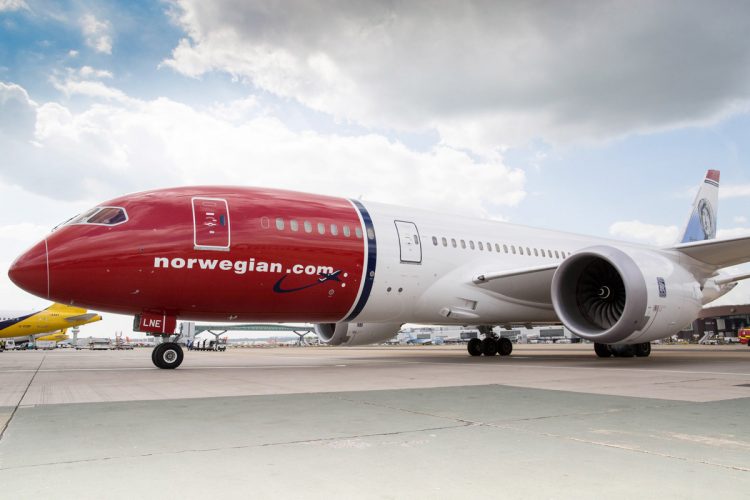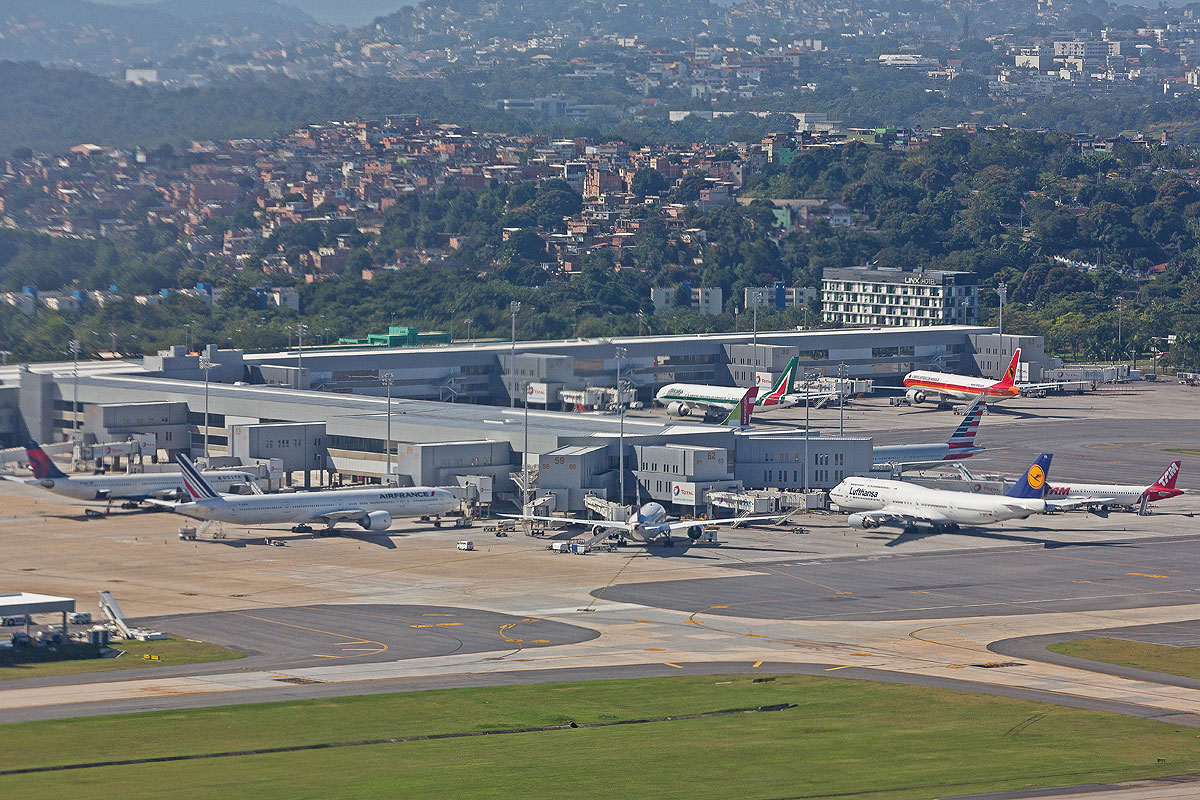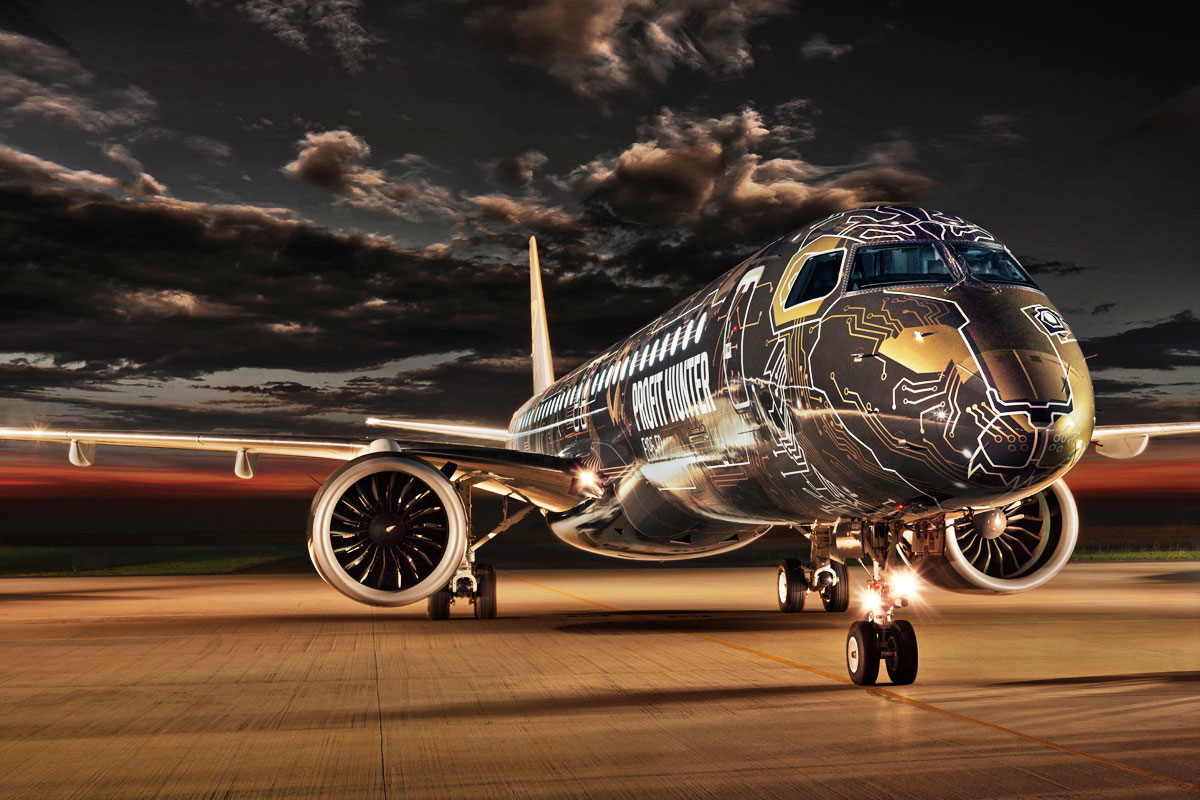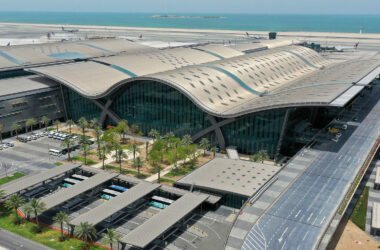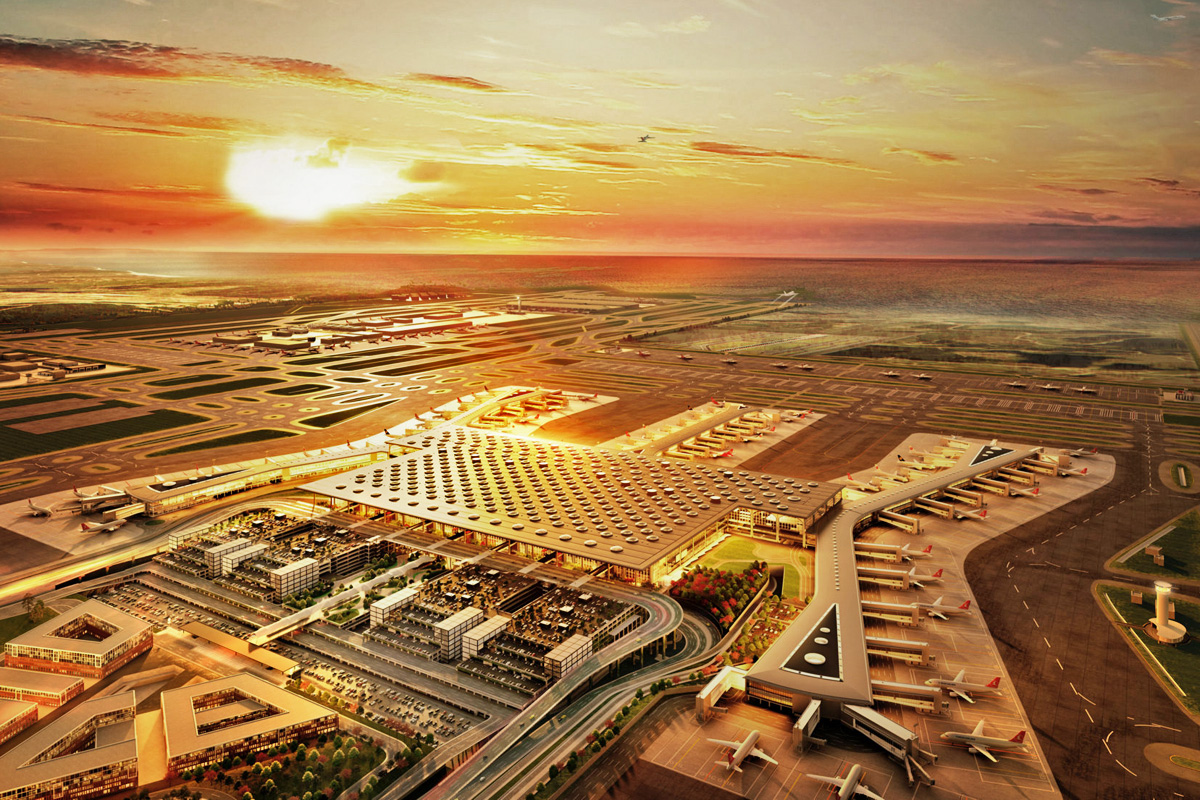Inaugurated officially in 1952, Galeão Airport, in Rio de Janeiro, was the first in Brazil to have a large passenger terminal with jet bridges in 1977. For many years, Rio airport was the international gateway, until Guarulhos airport in São Paulo began to attract more air traffic in the following decades.
Since then, Tom Jobim airport, as it was baptized in honor of a famous musician of the city, goes through ups and downs. Even with the most generous infrastructure between Brazil’s airports and a relativity proximity to the city center, the terminal has suffered with a low demand in most of the last years.
Prioritized by the military government in the 70s, which saw better economic conditions for receiving flights than Guarulhos, the airport practically always had more supply than demand.
Even when it was passed on to the private sector in 2014, overestimated passenger forecasts continued with a contract that required the expansion of the aircraft parking area and the construction of a large aircraft pier.
RioGaleão, the company that operates the airport and has Singapore’s Changi as its partner, won the competition and started work including a garage building in front of terminal 2. But unlike Singapore’s luxurious airport, Galeão has received improvements more modest.
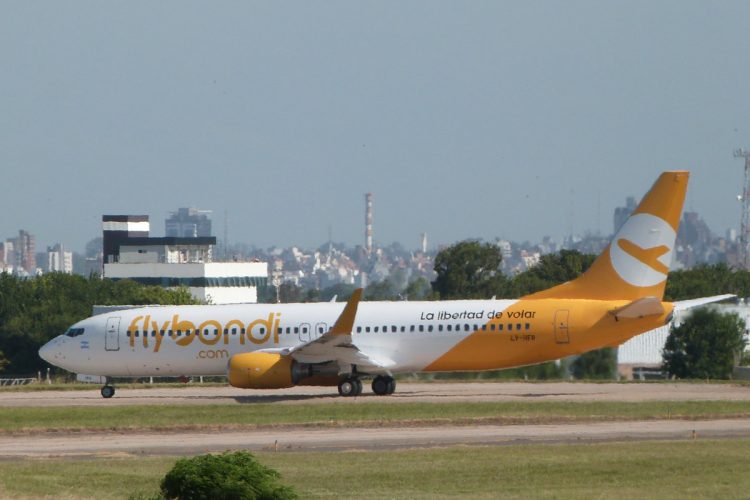
Even with Changi behind the operation, the new flights did not come. On the contrary, Galeão lost space to other airports like Brasilia, Confins and Viracopos. LATAM, in turn, practically withdrew from the terminal, concentrating its international flights in Guarulhos.
Faced with this, RioGaleão took a surreal attitude towards a country with precarious airport infrastructure: it closed the old Terminal 1, inaugurated in 1977. Only a few jet bridges and administrative areas remained active, denoting the planning errors of decades.
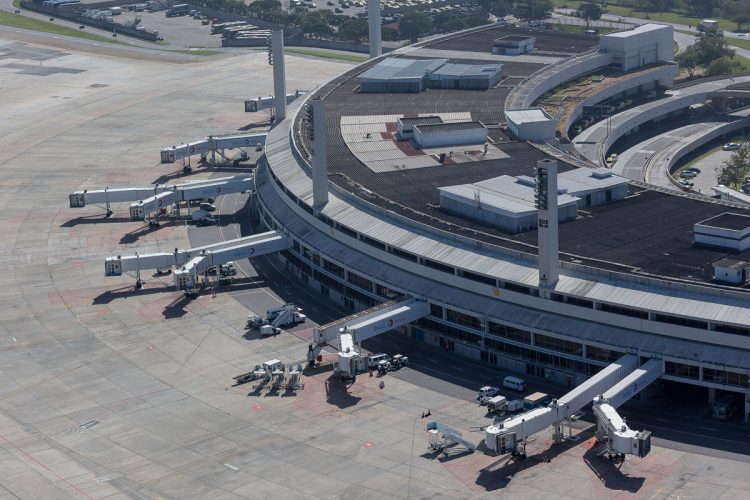
Low cost
Of the nearly 18 million passengers who passed through the airport in 2012, the movement dropped to 15 million passengers last year. The good news is that Galeão Airport seems to be finding a vocation.
If it has not become a hub like other major airports in Brazil, Tom Jobim has managed to expand its international demand. In 2018 passed through it 4.5 million passengers with origin or destination abroad, an increase of 5%.
One of the key aspects seems to be the potential as a destination for low cost airlines flights. RioGaleão announced this week an agreement with Flybondi, a Argentine low-cost airline that will fly three times a week between Buenos Aires (El Palomar) and Rio from October.
Before that, another South American low cost, the Chilean Sky, was the first to establish a regular route to Rio, which now offers four weekly flights to Santiago de Chile and will add two more flights in the high season.
But the biggest star of the Rio airport is even Norwegian Air. One of the biggest low cost in the world, the Norwegian company flies from March to London with its Boeing 787, where it offers several connections in Europe four times a week.
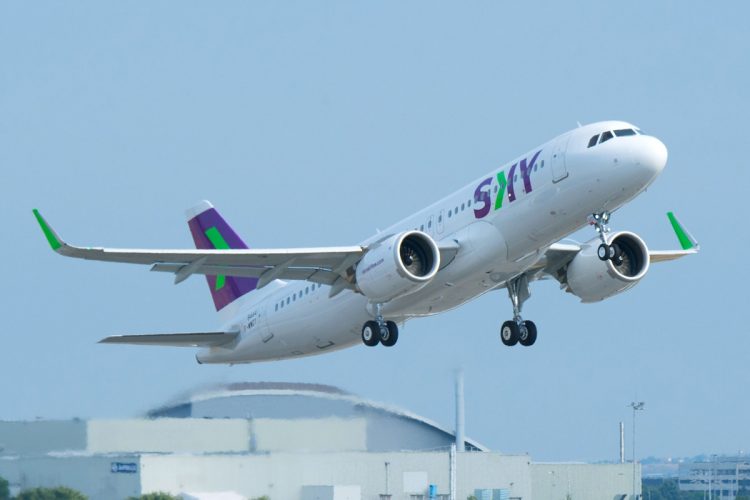
Tourist potential
The low cost market has a growing trend in Brazil following the deregulation measures promoted by the federal government. The public attracted by these companies has a leisure profile and, if well explored, the tourist potential of Rio de Janeiro can be a good attraction over cheaper ticket prices.
It is up to local governments, however, to do their part by stimulating the tourism market and making these stays cheaper and recommended. It is not today that the potential that Brazil has in this segment is known, it is only a serious job and, perhaps, the Galeão will finally become an airport with an upward movement.
